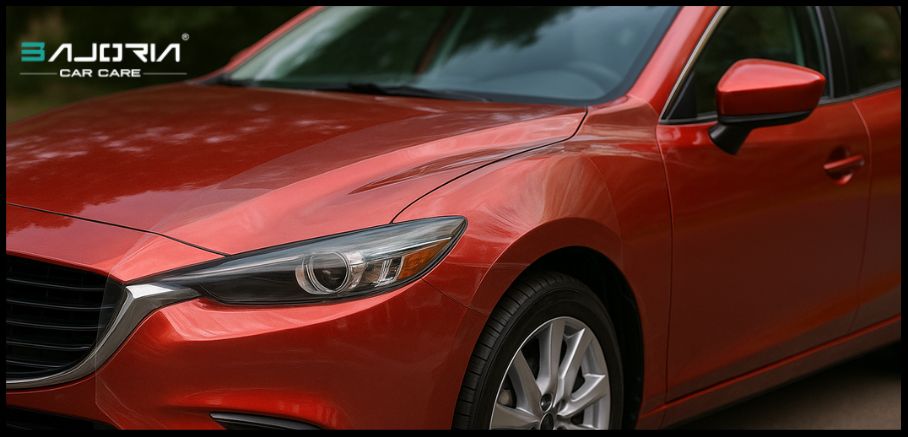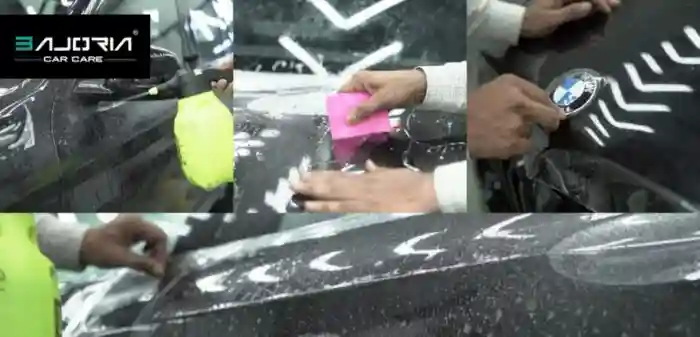 Uncategorized
Uncategorized
Is it Possible to Cover Only Selective Parts of A Car?
Today, having a car is something more than a status symbol. Due to urbanization, the number of car owners is also increasing. Vehicle owners are always searching for some way to protect their assets from manmade and environmental hazards. Certain factors are responsible for hampering the paint of the car and resulting in scratches and swirl marks. Some of the most common ones are: Ultraviolet rays Droppings of birds Pollution Acid rain Flying gravel and many more. Due to rising car maintenance costs, almost everyone is looking for a cost-effective …

